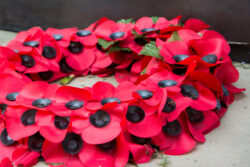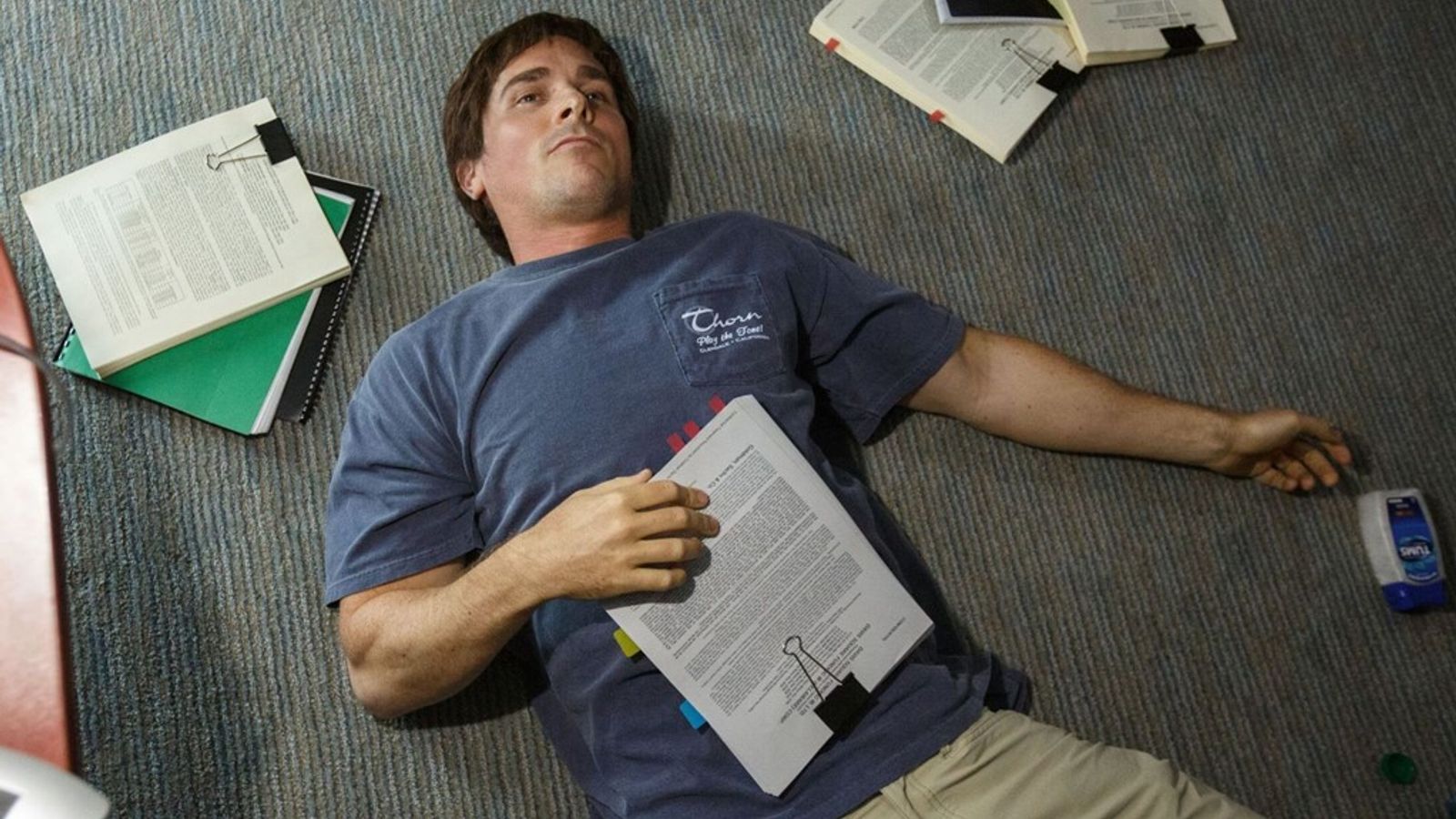Poppies are worn to remember the sacrifice of those who fought (Picture: Getty)
People across the country have marked Armistice Day today – and will commemorate Remembrance Sunday at the weekend – by wearing poppies in memory of those who fought and died with the British Armed forces.
Remembrance Day falls on November 11 – with a silence held on the eleventh hour of the eleventh day of the eleventh month – marking the day when World War I came to an end after four years of fighting.
An agreement was signed at this time to bring peace to the countries.
At the weekend, we’ll have Remembrance Sunday, which will see veterans and senior members of the Royal Family gather at the Cenotaph in central London.
With the commemorations over, many may be wondering when the correct time is to stop wearing their poppy – so just how long should you continue to wear it?
Here’s what you need to know…
When should you stop wearing a poppy after Remembrance Day?
The official stance of the Royal British Legion is that you can wear a poppy any time during the year as it commemorates those who lost their lives in war.
Remembrance Sunday was marked with a service at the Cenotaph and the laying of poppy wreaths (Picture: PA)
Traditionally, they say, people stop wearing a Poppy after Armistice Day or Remembrance Sunday, which takes place on the second Sunday in November.
The poppy is generally removed on Remembrance Sunday and is laid at the base of the Cenotaph at the end of the Remembrance Day service as a sign of respect to veterans.
The Royal British Legion begin to sell poppies in the last week of October and people begin to wear them until Remembrance Day.
However there are some who will only wear the poppy in the 11 days leading up Armistice Day, and will put them on their lapels on 31 October.
Others say that the poppy should not be worn until after Bonfire Night – while there are also those who say it should only be worn on Remembrance Sunday.
Why do we wear poppies?
The poppy was used by the Royal British Legion in memory of those killed in battle in the First World War, as poppies grew over the battlefields (Picture: PA)
The poppy is worn as a symbol of remembrance for those who have served in the British and Commonwealth Armed Forces, as well as civilian casualties of conflict.
It was chosen as the symbol of remembrance because of the poppy flowers which grew on the battlefields after the end of the First World War.
The poppy was first sold back in 1921 after the Royal British Legion was founded.
That year the Legion sold silk poppies and raised an impressive £106,000 for those who had been affected by World War I.
All profits from the sale of poppies goes to regional Legion Branches across the country, helping veterans and servicemen and women in need.
MORE : Remembrance Day 2022: Poems and quotes to pay tribute to Britain’s fallen soldiers
MORE : Where does the money donated to the Poppy Appeal go?
Follow Metro across our social channels, on Facebook, Twitter and Instagram.
Share your views in the comments below.
They’ve been worn across the country all week as the nation honours those killed in conflict.





